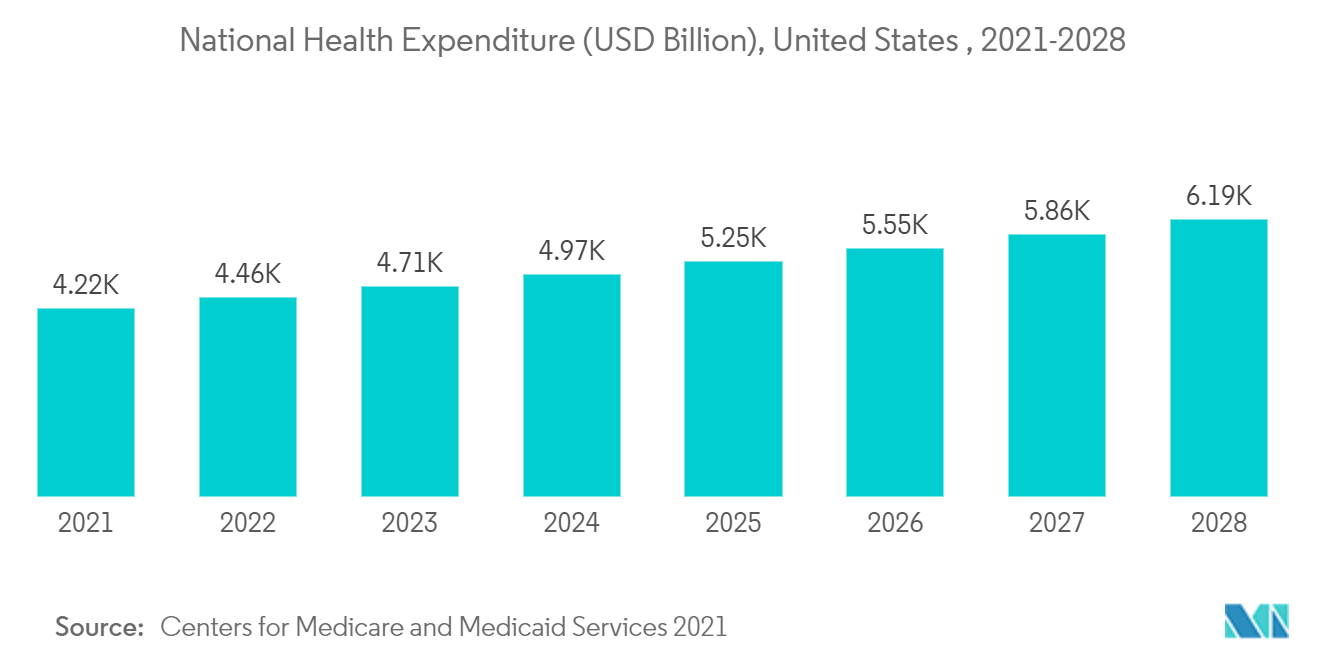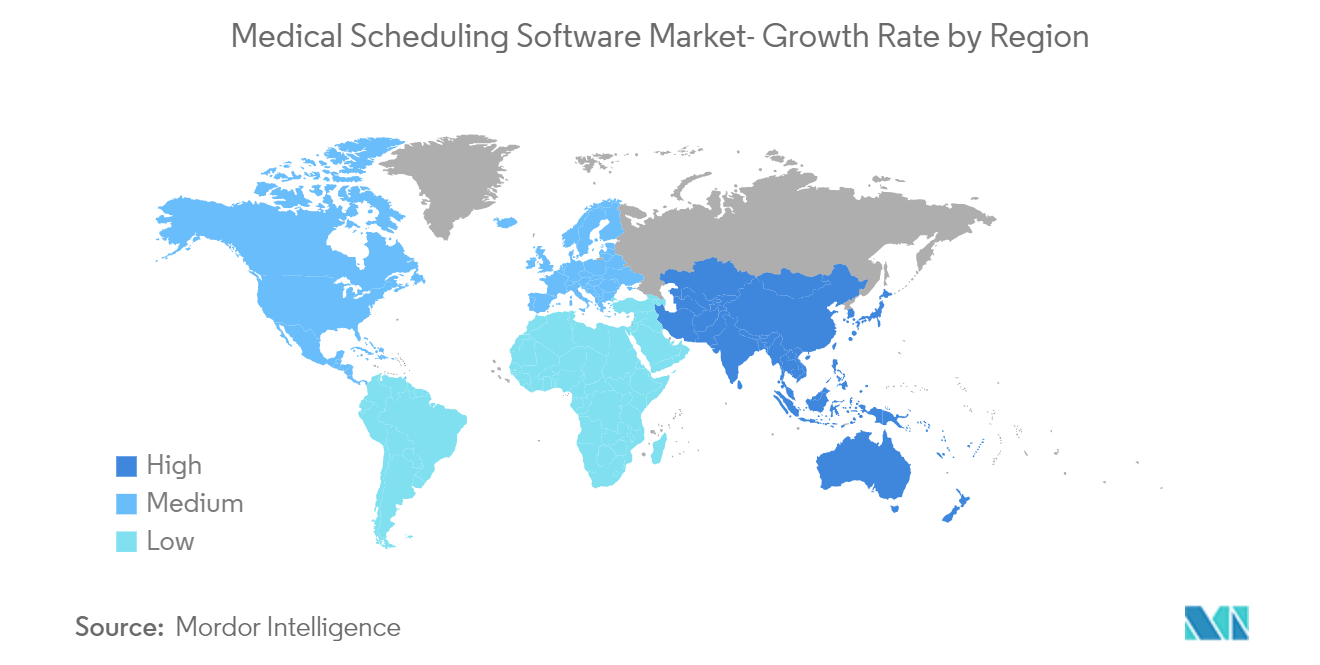Market Trends of Global Medical Scheduling Software Industry
This section covers the major market trends shaping the Medical Scheduling Software Market according to our research experts:
Cloud-based Segment is Expected to Register a Significant Growth Over the Forecast Period
The cloud-based software segment is expected to witness significant growth by deployment type. Cloud-based is the applications, services, or resources made available to users on demand through the internet by a cloud computing provider's server.
The major factors fuelling the segment's growth are the rising adoption of cloud computing and the growing number of initiatives undertaken by the market players. For instance, in November 2021, PerfectServe, a leading cloud-based clinical collaboration and provider scheduling solution, introduced PerfectServe Unite. The new platform builds on the company's extensive experience designing award-winning technology to form one seamless, end-to-end platform for healthcare scheduling and communication.
In addition, in November 2021, QGenda, the leading innovator in healthcare workforce management solutions, acquired Schedule360, the Best in KLAS Nurse and Staff Scheduling Software for health systems, academic medical centers, national pharmacy chains, and providers of cloud-based software to automate nurse and staff scheduling.
Moreover, in May 2020, Microsoft launched a new cloud service designed specifically for healthcare, the first of many industry-specific cloud offerings. The cloud service focuses on what Microsoft has identified as important needs in healthcare, such as patient engagement, health team collaboration, and improving operational efficiencies. The cloud service will enable providers to schedule telehealth visits with Microsoft Teams through the booking application.
Thus, the segment is expected to witness significant growth over the forecast period due to the abovementioned factors.

North America is Expected to Hold a Significant Share in the Market and Expected to do Same in the Forecast Period
North America is expected to hold a major share of the market. The major factors propelling the market growth in the region are the well-established healthcare infrastructure, technological advancements in the healthcare IT industry in the country, and increasing initiatives by the market players.
The strategic developments undertaken by the market players significantly contribute to the market's growth. For instance, in August 2021, symplr reported the acquisition of SpinFusion. SpinFusion, a healthcare scheduling software provider focusing on physician scheduling, will join Symplr's growing portfolio of workforce management offerings that enable healthcare organizations to optimize staff better.
In addition, in June 2020, Claendly LLC introduced an Intercom application, supplementing the existing Messenger application to streamline workflows and permit employees to focus on scheduling appointments with more qualified leads and speeding up sales cycles. Moreover, in January 2020, R1 RCM Inc., an American revenue cycle management company servicing hospitals, health systems, and physician groups across the United States, reported spending USD 190 million to buy SCI Solutions Inc., a Seattle-based provider of scheduling and patient-access software.
Furthermore, according to a December 2021 update from the Centers for Medicare & Medicaid Services, healthcare spending in the United States increased 9.7 percent in 2020, reaching USD 4.1 trillion, or USD 12,530 per person. As per the same source, as a share of the nation's gross domestic product, health spending accounted for 19.7 percent. Also, in August 2020, the Ontario government reported investing USD 149,200 from the Ontario Together Fund in MetricAid's physician scheduling solution to help physicians link their availability and expertise with needed hospitals and clinics while reducing administrative burden so healthcare providers can focus on their patients.
Thus, due to the abovementioned factors, the market is expected to witness significant growth over the forecast period.


